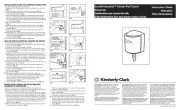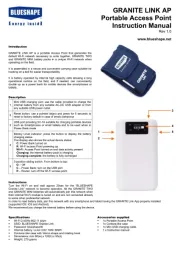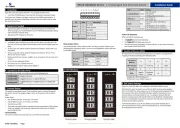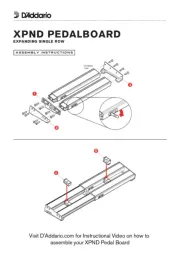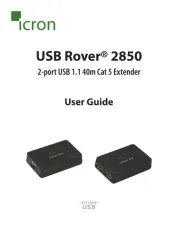Microchip MIC2800 Manual
Læs gratis den danske manual til Microchip MIC2800 (70 sider) i kategorien Ikke kategoriseret. Denne vejledning er vurderet som hjælpsom af 27 personer og har en gennemsnitlig bedømmelse på 4.8 stjerner ud af 14 anmeldelser.
Har du et spørgsmål om Microchip MIC2800, eller vil du spørge andre brugere om produktet?

Produkt Specifikationer
| Mærke: | Microchip |
| Kategori: | Ikke kategoriseret |
| Model: | MIC2800 |
Har du brug for hjælp?
Hvis du har brug for hjælp til Microchip MIC2800 stil et spørgsmål nedenfor, og andre brugere vil svare dig
Ikke kategoriseret Microchip Manualer



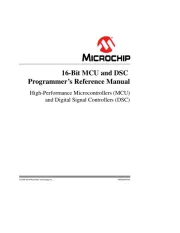

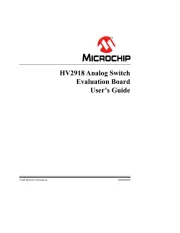
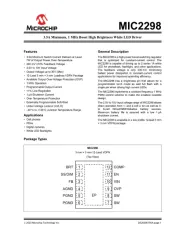
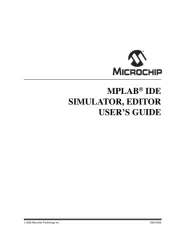

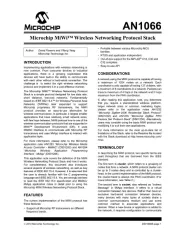
Ikke kategoriseret Manualer
- Amiko
- Baby Annabell
- Earthquake Sound
- Skullcandy
- Porsche
- Cougar
- EK Water Blocks
- GARANTIA
- Goodram
- Daikin
- Robbe
- TCL
- Innr
- Bintec-elmeg
- Tannoy
Nyeste Ikke kategoriseret Manualer
